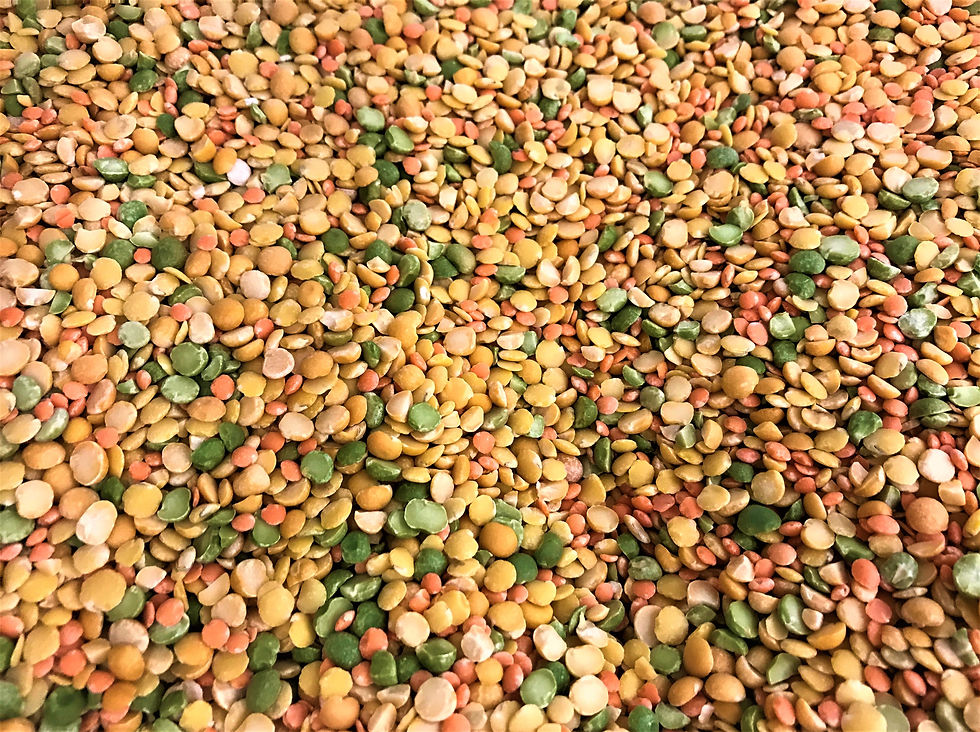
Lentils
In ancient times, lentils originated in the Middle East and Mediterranean. These small, lens-shaped legumes come in various varieties—green, brown, red, and black. Known for their versatility, lentils star in soups, stews, salads, and curries across global cuisines. Beyond the kitchen, lentils contribute to sustainable agriculture by enriching the soil through nitrogen fixation. Packed with protein and nutrients, lentils have become a staple, symbolizing adaptability and nourishment.
Origin
Turkey, Canada
Grades
Green, yellow, brown, red
Packaging
Bags, big bags
Plant
Lentils grow on small, adaptable plants that follow a seasonal cycle, culminating in the development of pods containing the nutritious lentil seeds. Their growth characteristics and ability to thrive in diverse conditions contribute to their significance in both agriculture and cuisine.
Season
The harvest season for lentils generally takes place in late spring or early summer. The timing depends on factors like the specific lentil variety, local climate, and geographic location. Lentils are typically ready for harvest when the pods turn brown and dry, striking a balance between seed maturity and avoiding pod shattering.
Usage
Used in cuisine
- Soups and stews
- Salads
- Curies and dahl
- Side dishes
- Topping for grain bowls
Used as ingredient
- Burgers and patties
- Lentil dip
- Lentil flour
- Snacks